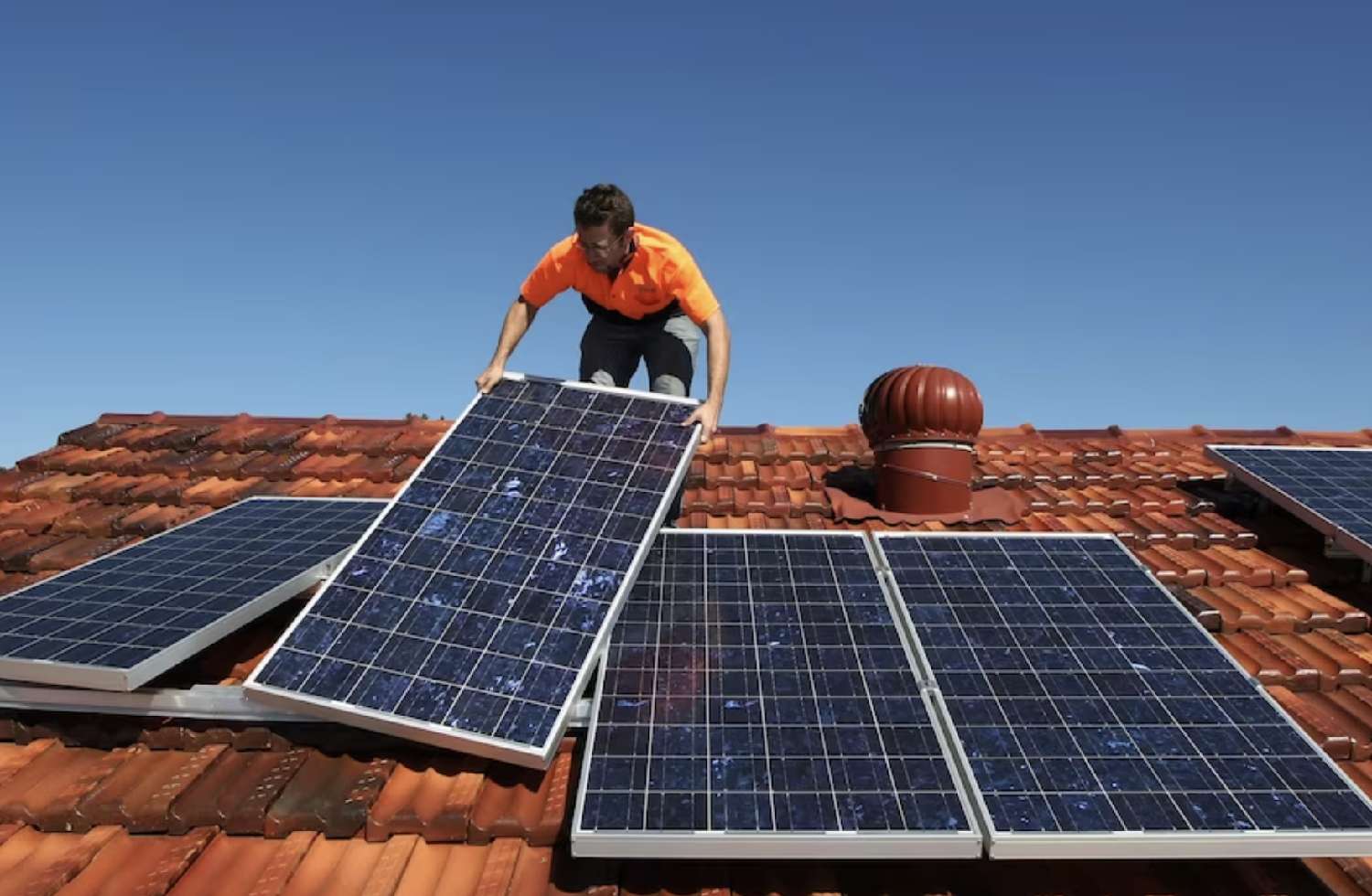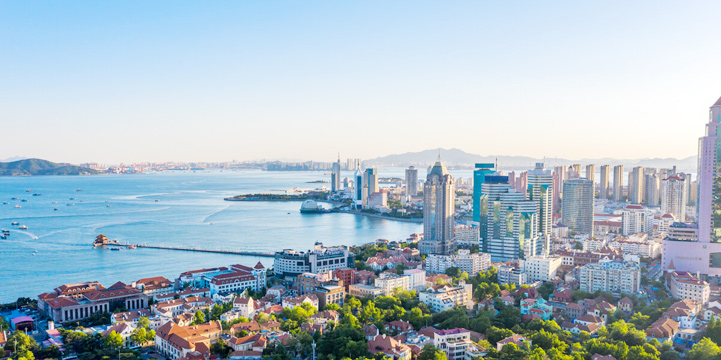
One of the main costs that small and medium-sized enterprises (SMEs) in Brazil have long faced is electricity consumption. According to data from the Brazilian Association of Large Energy Consumers and Free Consumers (Abrace), over the past 25 years, electricity prices in Brazil have increased by 1300%, four times the inflation rate. This situation has led to a growing interest in alternative energy sources. In search of more ideal alternatives, Distributed Generation (DG) solar photovoltaic power has entered the sight of businesses and companies, directly reducing monthly electricity bills by around 20%. Besides cost savings, adopting this approach can significantly enhance a company's image, providing a competitive advantage in environmental, social, and corporate governance (ESG) rating. Experts suggest that this model is suitable for enterprises with monthly electricity bills exceeding 500 reais.
Distributed Generation solar photovoltaic power utilizes an energy credit system: surplus energy is injected into the grid and converted into credit units, which can be used to offset future bills even in months with lower generation. This net metering mechanism allows for the annual offset of energy consumption. Currently, there are two pathways to achieve a 20% reduction each month, depending on electricity pricing, distributor tariff structures, and contract models. One method involves Power Purchase Agreements (PPAs), where companies sign contracts to purchase energy credit units from solar power plants located in the same concession area as the distributor. Discounts must be agreed upon at the time of contract signing (e.g., credit units ranging from 10% to 20%).
Professor Anderson, an electrical engineering professor at Kenzi Presbyterian University's Engineering School, explains: "In practice, the distributor's bills are deducted from the credit units, and then the company pays invoices for the Power Purchase Agreements (PPA). Typically, the net balance can lead to savings of 10% to 20% per month, with zero capital expenditure. Companies can see the cost-saving effects from the first month onwards."
Another option is self-generation systems, where solar panels are installed on the roofs, buildings, or available areas of user units. Depending on electricity usage and applicable tariff rules, over 50% of electricity consumption can be reduced. Professor Anderson explains: "If there is convenient space on rooftops or ground for solar panels installation, the generated electricity can offset energy consumption. In this scenario, the higher the simultaneous electricity usage in relation to peak solar generation, the better the financial benefits."
For low-voltage consumers (Group B) paying based on a one-way electricity tariff, charges are calculated based on kilowatt-hour consumption without imposing demand charges. Electricity savings can exceed 50%. According to Law No. 14,300/2022, consumers in this model need to pay 45% of the Distribution System Usage Tariff (TUSD) B-line to compensate for the infrastructure costs incurred by the utility company locally. By 2027, the percentage of the system allocation fee for the B-line will increase annually by 15%.
For high-voltage users (Group A) paying green or blue level tariffs (based on electricity demand and energy consumption), the logic is different. In this case, the energy tariff and system allocation usage fee vary: lower tariffs during non-peak hours and higher tariffs during peak hours. Due to costs associated with contractual demands and expenses that cannot be offset, bill savings typically range from 15% to 50%.
